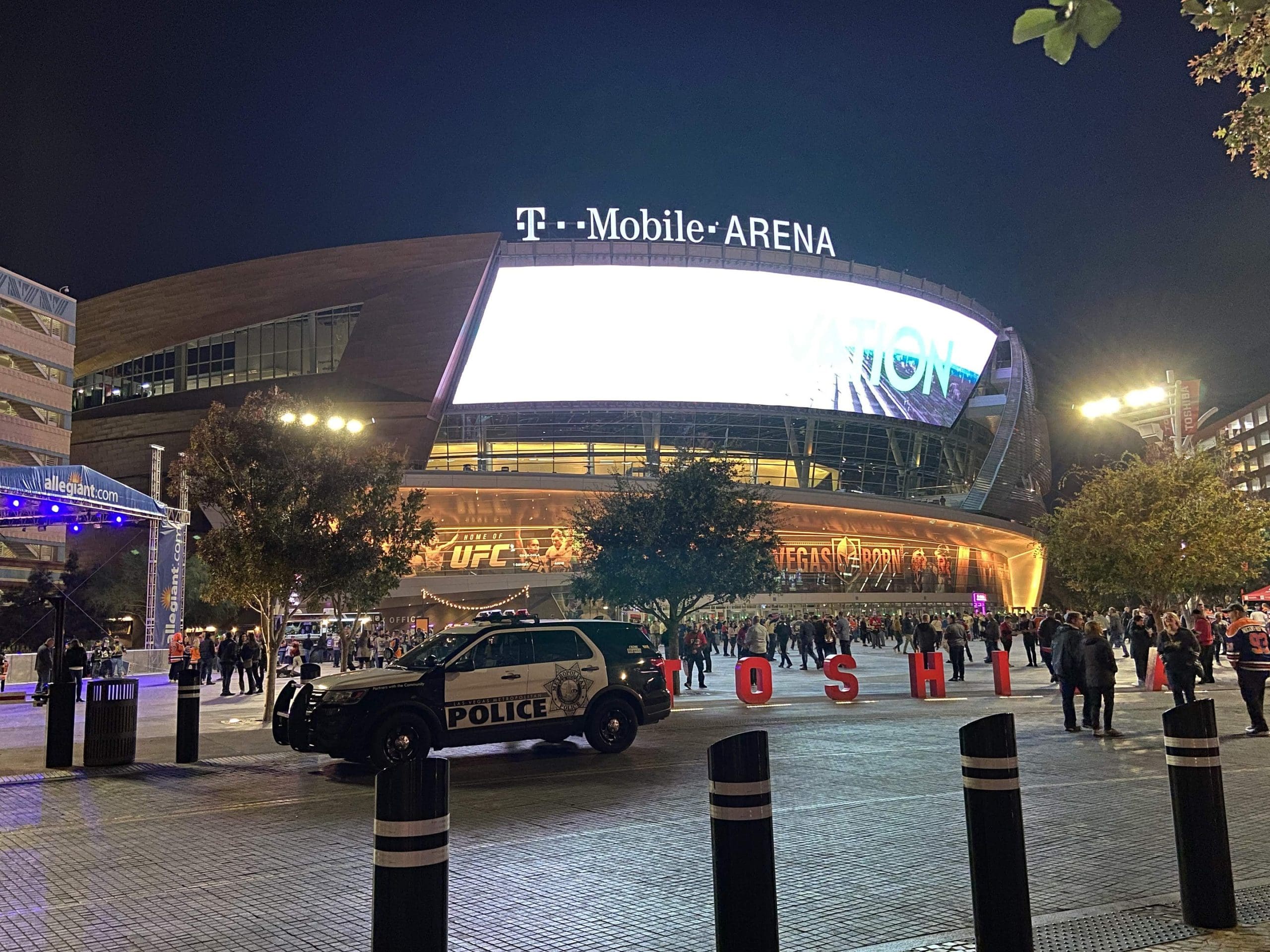Golden Knights Analysis
No Goals in Game One. Are the Vegas Golden Knights in Trouble?

In Game One, Marc-Andre Fleury played his best game of the season for the Vegas Golden Knights. Through 60 minutes of regulation time, he was perfect, stopping Kirill Kaprizov, Ryan Hartman and more Minnesota Wild players on several dangerous scoring chances. A bad bounce in OT off Alec Martinez’s attempted shot block was the only puck to beat him, but it gave the Wild a 1-0 win and a 1-0 lead in the Stanley Cup Quarterfinal series.
The Golden Knights fired 42 shots on Cam Talbot who was very good in his own right, although in not quite as spectacular a fashion as Fleury. Still, the Golden Knights were shut out. If we set our wayback machine to last season’s 3-1 series lead over the Vancouver Canucks, the VGK has scored only 12 goals in the nine playoff games since. In that stretch, they’re working with a 3.5% shooting percentage. Not good.
Are the Golden Knights in trouble?
In my hockey career, I’ve always leaned far more towards telling it like it is. I recognize there are times when necessary to soothe the faithful and spout some team-related platitudes. Still, it surprises me to see all kinds of excuses and apologies going around right now. A lot of “well let’s take the positives out of this…” when I can only wonder if people watched the same game I did? Being completely honest about Game One, yes I am concerned based on not only past playoff performance but also the times during this regular season when the scoring absolutely disappeared.
Let’s review Game One:
Vegas dominated the first period and failed to score. By itself that is not any cause for concern, those periods happen. The Wild were pushed back on their heels by the opening burst from the VGK who were riding the home ice momentum.
But Minnesota weathered the storm, and after that, the game was not only even but the more dangerous chances went for the Wild. Only the insane goaltending antics of Marc-Andre Fleury kept the game scoreless while Kirill Kaprizov and Ryan Hartman ran roughshod over the Golden Knights defense.
Minnesota was the better team for two of the three periods. Fleury was the better goaltender for the whole game.
Here’s the most important takeaway: the Wild’s chances occured in high-percentage, dangerous territory. Vegas’ chances were mostly perimeter.
If you take a moment to break down film on the Vegas Golden Knights or any other Pete DeBoer coached team, one thing becomes obvious fairly quickly. His teams are designed to get initial shots through and capitalized on rebounds or pressure around the net. Defending that style effectively requires two things: goalies must control rebounds, and skaters must block shots. If you can accomplish that, you can hold down the effectivness of the Golden Knights attack.
Minnesota did an excellent job of that once they weathered the storm. Vegas had 42 shots in the game, but also had an additional 23 blocked and 16 missed shots. Forcing those shots wide or blocking them entirely indicates that the Wild’s defensive gaps are tight, they’re pressuring the shooter and working to take away time and space. This is what’s important for any changes or adjustments for the Golden Knights entering Game Two.
When Vegas has struggled to score goals this season, often it had to do with zone entry and puck possession. I don’t think that’s actually the problem against the Wild. The problem was in getting the puck into what I call the “cone of fire” for higher-quality scoring chances. Imagine if you drew a line from each goal post through the faceoff dot just over the blue line to form a cone shape from the net out. Inside of that cone is where your scoring percentages go way up. So how can the VGK unlock this magic zone?
It’s going to take a few things, and the first is individual creativity. Players are going to have to beat defenders one-on-one and attack directly into the cone. Passing the puck around the perimeter, moving it D-to-D and to the half-wall and back is just wasting time. Vegas is going to have to attack off the half-wall or from down low, curling in front and breaking the coverage.
The second major key is actually one I harp on constantly for the power play – movement away from the puck. If the passing targets are standing still, they’re very easy to defend. Vegas must generate far more movement off the puck. Most importantly, that movement must be weaving constantly through the high-danger areas to break up defensive coverage assignments, cause mismatches and mistakes, and generate scoring opportunities.
This isn’t something you often see, but the Golden Knights have the speed to do it. Instead of cycling on the wall and trying to generate chances off of that, Vegas should be more focused on causing breakdowns with East-West movement in the attacking zone. If the Wild begin to lose players and assignments or begin to chase the player they should be marking, it will lead to chances. If the Wild choose instead to maintain position and not chase, then getting a player into an open position allows them to receive a pass, tip a shot or unload a one-timer.
Finally, more and more traffic in front of Cam Talbot will be mission-critical. Keep taking away his eyes and eventually, something finds its way in the net, or even if he does make that first save rebound control becomes a matter of luck. That’s when the Golden Knights can pounce on the rebounds.
The Vegas Golden Knights and Minnesota Wild are right back at it in a pivotal Game Two tonight, 7 pm PT at T-Mobile Arena.













